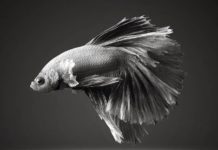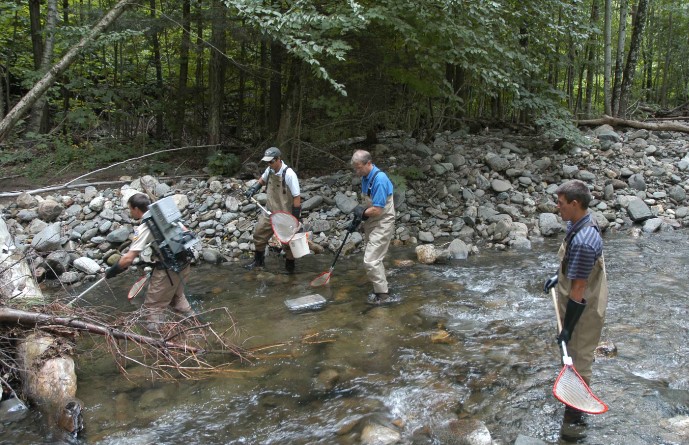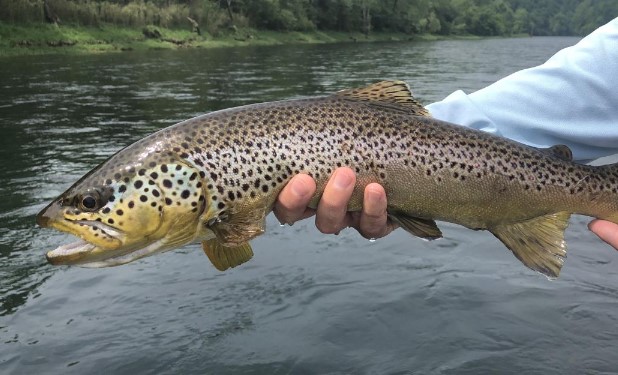The species just isn’t happy in warm, murky, or under-oxygenated waters. Grayling fishing in crystal streams often goes hand in hand. These factors explain why graylings flourish everywhere from Alaska to Mongolia to southern England’s chalk streams.
It was on the River Dove in England’s Derbyshire Dales; a particular pool that was so clear it could be seen grayling clearly at a depth of about fourteen or fifteen feet, that has one of the happiest memories of this most visible form of fishing.
Fish were laying deep and feeding at various levels, making it difficult to gauge their depth. It would be impossible to succeed if the fly was a couple of feet over or under depth. Over the years, after literally having the fish at my rod tip, I have found that it is nearly impossible to catch these fish. When fishing grayling, it pays to get as close to the fish as possible so that your fly can be presented as accurately and delicately as possible.

Fortunately, Grayling Fishing in Crystal Streams is neither sloppy nor haphazard. If you can get closer to the fish without disturbing them and use a shorter line, you’ll get a strike on even the hesitant takes more quickly. A Mongolian grayling is held by the illustrator of Keep on the Move Rob Olsen.
Unlike most grayling anglers, Rob likes to stay mobile and does not spend too much time in one area of water. There are usually three or four graylings in a shoal, which means you should take three or four fish and then move on, constantly searching for new bodies of water. The fish will just be able to be spotted if you look carefully.
Anglers who are experienced at catching grayling often see nothing more than a slight blurring of the bottom and a suggestion of a shape. Practice makes perfect when it comes to spotting grayling. Let your eye glaze a bit, go a little bit out of focus and you might find yourself almost subconsciously noticing their presence.
Despite the difficulty of lifting the fly and getting it past the grayling’s nose, this grayling sipped on my friend’s fly. Graylings who think the fly is about to escape are more likely to hit quickly and be well-hooked, but not all graylings. The merest sliver of skin often holds them together, so treat them very gently. Let the hook hold take its time, and if it jumps, lower your rod tip to decrease pressure.
The grayling’s fin can lift across the current if it gets across it. As a result, it can be pulled downstream and out of your control if it gets across the current. The grayling’s head should be bullied into the current, as shown in this photograph, and kept coming all the way to the net. An aquatic world opens up to you when you hold a fly rod. You can travel the world with just a couple of pounds of fly gear: a rod, reel, spools of leader material, boxes of flies and you’re good to go.
Almost every country has fish that can be caught on the fly. No fish can’t be caught with a fly anywhere in the world. As remote and magical as Scotland itself is, its ring of islands is even more so. It was cloudy and remote at North Uist when the fishing was exciting – there were salmon, sea trout, brown trout, bass, and wrasse to be caught.







